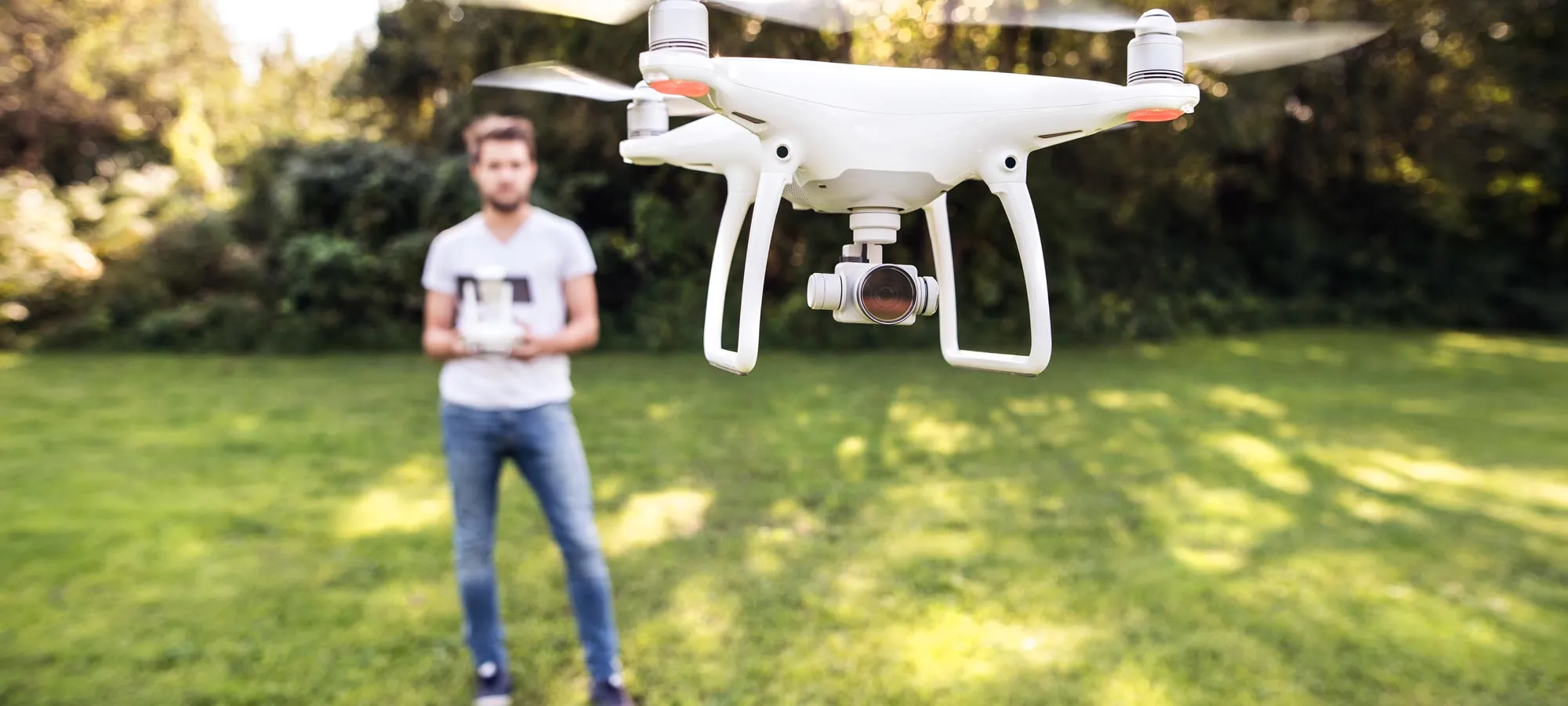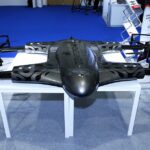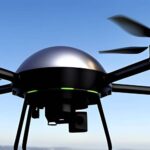
In the realm of drone photography, achieving exceptional image quality is the goal of every enthusiast and professional.
While drones come in various shapes and sizes, one key factor that significantly influences the quality of your aerial shots is the camera lens.
In this article, we will explore the importance of camera lens quality in drone photography, how it affects your images, and factors to consider when evaluating drone camera lenses.
The Role of Camera Lens Quality
- Image Sharpness: The quality of a camera lens directly impacts the sharpness and clarity of the images it captures. High-quality lenses produce sharper and more detailed photographs, allowing you to capture fine textures and intricate details in your aerial shots.
- Low Distortion: Premium camera lenses are designed to minimize distortion, such as barrel distortion and chromatic aberration. These distortions can detract from the overall quality of your images, and a superior lens helps mitigate them.
- Light Transmission: Lens quality affects the amount of light that reaches the camera’s sensor. Lenses with better light transmission produce brighter images with improved contrast and color rendition, especially in challenging lighting conditions.
Factors Influencing Lens Quality
- Lens Materials: High-quality lenses are often made from superior materials, such as specialized glass elements. These materials contribute to better light transmission, reduced distortion, and improved image quality.
- Lens Coatings: Lens coatings, like anti-reflective coatings, play a crucial role in reducing lens flare, ghosting, and other unwanted optical artifacts. Coated lenses enhance contrast and color fidelity.
- Aperture Size: The lens’s aperture size, indicated by its f-stop (e.g., f/2.8, f/4), affects depth of field and low-light performance. Lenses with wider apertures allow for better low-light shooting and creative control over depth of field.
- Focal Length: The focal length of the lens determines the field of view and magnification. Different focal lengths are suitable for various types of photography, such as wide-angle for landscapes and telephoto for close-ups.
Evaluating Drone Camera Lenses
- Lens Compatibility: Ensure that the lens is compatible with your drone model. Some drones offer interchangeable lenses, while others have fixed lenses. Choose one that suits your specific needs.
- Brand and Model: Reputable camera lens manufacturers like DJI, Zeiss, and Sony are known for producing high-quality lenses. Research the specific lens models and read reviews to determine their performance.
- Price vs. Quality: While premium lenses tend to offer superior image quality, they come at a higher price point. Consider your budget and photography goals when selecting a lens.
- Testing and Reviews: Look for real-world reviews and sample images taken with the lens you’re interested in. This will give you a better idea of its performance in different shooting scenarios.
Conclusion
The quality of your drone camera lens is a critical factor in determining the overall quality of your aerial photography.
A high-quality lens can make the difference between stunning, professional-grade shots and mediocre images.
Consider the factors that influence lens quality, evaluate compatibility, and choose a lens that aligns with your photography objectives.
With the right lens, you’ll be able to capture breathtaking aerial photographs and videos that leave a lasting impression.








